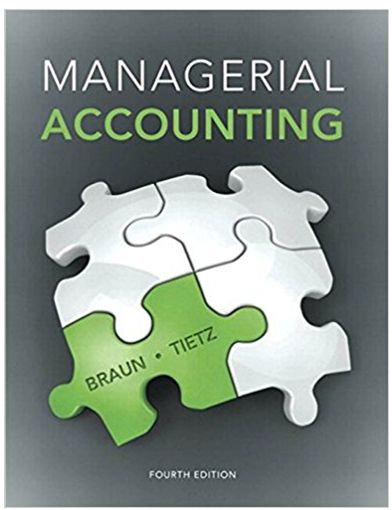Question
Although we often talk about work in our everyday lives, it has a specific meaning in Physics. In this activity, you will measure your own
Although we often talk about "work" in our everyday lives, it has a specific meaning in Physics. In this activity, you will measure your own work and compare it to various power sources.
You will need an object of a known weight, preferably at least a kilogram. Don't go overboard and hurt yourself! Lift this object a set amount (1 meter is useful for making your calculations easier!) Record how long it takes to lift the object.
Find the amount of work done (work = force distance). Remember that force is equal to mass acceleration.
Next module we'll be learning about how fast work is done, which we call power. If you have your work in joules, you can divide by seconds to find your power output in Watts. How many watts did you produce? Now you can compare your own power output to a lightbulb!
Instructions
- Complete the instructions above.
- Submit answers to the following questions:
- Background: What is work (in the Physics sense)? How is it measured and/or calculated? What are examples of work you see in the world around you?
- What was your experimental setup? (What were you lifting, how high, etc?)
- How much work did you do? Explain your calculations.
- How could you increase the amount of work done?
- How much power did you output?
- How could you increase the amount of power?
Step by Step Solution
3.44 Rating (151 Votes )
There are 3 Steps involved in it
Step: 1
Background In physics work is defined as the product of the force applied to an object and the dista...
Get Instant Access to Expert-Tailored Solutions
See step-by-step solutions with expert insights and AI powered tools for academic success
Step: 2

Step: 3

Ace Your Homework with AI
Get the answers you need in no time with our AI-driven, step-by-step assistance
Get Started


